Retinyl acetate
Synonym(s):Retinol acetate;Retinyl acetate;Retinyl acetate solution;Vitamin A acetate;Vitamin A acetate solution
- CAS NO.:127-47-9
- Empirical Formula: C22H32O2
- Molecular Weight: 328.49
- MDL number: MFCD00019413
- EINECS: 204-844-2
- SAFETY DATA SHEET (SDS)
- Update Date: 2025-12-26 08:49:36

What is Retinyl acetate?
Chemical properties
Crystalline
The Uses of Retinyl acetate
Retinyl acetate has been used:
- a control diet to study its effect at different developmental periods in fish larvae
- to study its inhibitory effects on Mycobacterium avium?subspecies?paratuberculosis?(MAP) strains
- as an internal standard in high performance liquid chromatography (HPLC) to quantify vitamin A in fortified milk
The Uses of Retinyl acetate
Essential micronutrient
The Uses of Retinyl acetate
vitamin precursor
What are the applications of Application
Retinyl acetate is an antiproliferative analog of vitamin A
Definition
ChEBI: Retinyl acetate is an acetate ester. It is functionally related to an all-trans-retinol.
General Description
Retinyl acetate is suitable for use in the retention identification of the analyte when using HPLC and GC. Not intended for use as an activity reference standard. It has been thoroughly evaluated to ensure the utmost quality. Neat, unless otherwise noted. Certificate of Composition provided with the purchase.
Flammability and Explosibility
Not classified
Biochem/physiol Actions
Retinyl esters provide pools of vitamin A that are converted into retinol and other retinoids as required. Retinyl acetate is used in a wide range of biological applications. It acts as a chemopreventive agent. Retinyl acetate also has antineoplastic property.
Safety Profile
Moderately toxic by ingestion. Experimental teratogenic and reproductive effects. Questionable carcinogen with experimental neoplastigenic data. Mutation data reported. When heated to decomposition it emits acrid smoke and irritating fumes. See also VITAMIN A.
Purification Methods
The acetate is separated from retinol by column chromatography, then crystallised from MeOH. [Kofler and Rubin Vitamins and Hormones (NY) 18 315 1960 for purification methods]. Store it in the dark, under N2 or Ar, at 0o. [Beilstein 6 IV 4135.]
Properties of Retinyl acetate
| Melting point: | 57-58 °C |
| Boiling point: | 406.22°C (rough estimate) |
| Density | 1.0474 (rough estimate) |
| refractive index | 1.547-1.555 |
| Flash point: | 14℃ |
| storage temp. | 2-8°C |
| solubility | absolute ethanol: 25 mg/mL |
| form | solid or viscous liquid |
| color | Yellow powder |
| Odor | Amine like |
| Water Solubility | soluble |
| Sensitive | Light & Air Sensitive & Hygroscopic |
| Merck | 14,10013 |
| BRN | 1915439 |
| Stability: | Hygroscopic, Light Sensitive |
| CAS DataBase Reference | 127-47-9(CAS DataBase Reference) |
| NIST Chemistry Reference | Retinol, acetate(127-47-9) |
| EPA Substance Registry System | Retinol acetate (127-47-9) |
Safety information for Retinyl acetate
| Signal word | Danger |
| Pictogram(s) |
 Health Hazard GHS08 |
| GHS Hazard Statements |
H360:Reproductive toxicity H413:Hazardous to the aquatic environment, long-term hazard |
| Precautionary Statement Codes |
P201:Obtain special instructions before use. P280:Wear protective gloves/protective clothing/eye protection/face protection. P308+P313:IF exposed or concerned: Get medical advice/attention. |
Computed Descriptors for Retinyl acetate
| InChIKey | QGNJRVVDBSJHIZ-QHLGVNSISA-N |
Retinyl acetate manufacturer
New Products
4,4-Difluoropiperidine hydrochloride tert-butyl 9-methoxy-3-azaspiro[5.5]undecane-3-carboxylate Indole Methyl Resin N-Isopropylurea N,N-Dicyclohexylcarbodiimide(DCC) MELDRUMS ACID 5-METHYLISOXAZOLE-4-CARBOXYLIC ACID Magnessium Bis glycinate Zinc ascorbate 1-bromo-2-butyne 2-acetamidophenol 9(10H)-anthracenone Erythrosin B, 4-Piperidinopiperidine 2-((4-morpholinophenylamino) (methylthio) methylene) malononitrile 2,4-dihydroxybenzaldehyde 3-(4-morpholinophenylamino)-5-amino-1H-pyrazole-4-carbonitrile Methyl 2-methylquinoline-6-carboxylate 2,6-dichloro-4-nitropyridine 4-Bromo-2-chlorobenzonitrile 2-(benzylamino)acetic acid hydrochloride 4-(tert-Butoxycarbonylamino)but- 2-ynoic acid 3,4-dihydro-2H-benzo[b][1,4]dioxepine 1-Phenyl-1-cycloprppanecarboxylicacidRelated products of tetrahydrofuran



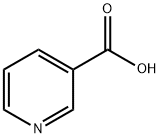
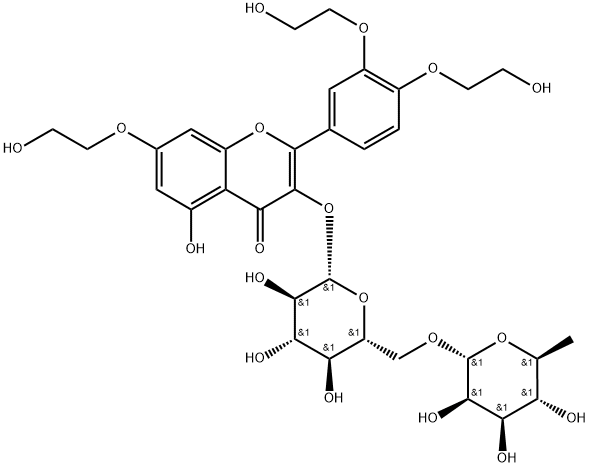

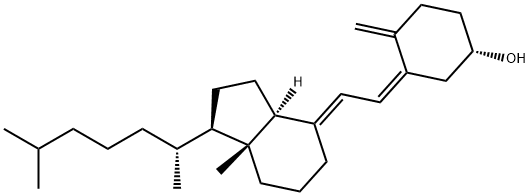
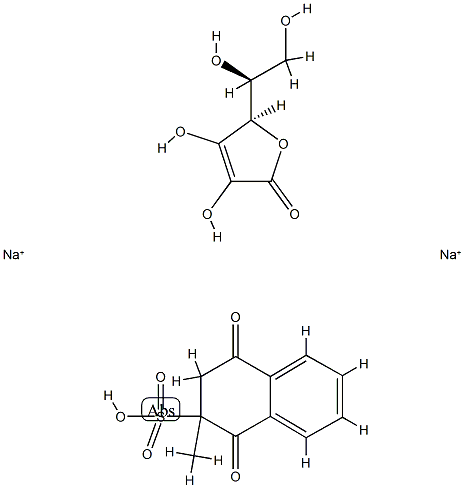
You may like
-
 Vitamine A acetate CAS 127-47-9View Details
Vitamine A acetate CAS 127-47-9View Details
127-47-9 -
 Retinol acetate CAS 127-47-9View Details
Retinol acetate CAS 127-47-9View Details
127-47-9 -
 VITAMIN A ACETATE For Biochemistry CAS 127-47-9View Details
VITAMIN A ACETATE For Biochemistry CAS 127-47-9View Details
127-47-9 -
 Retinol acetate CAS 127-47-9View Details
Retinol acetate CAS 127-47-9View Details
127-47-9 -
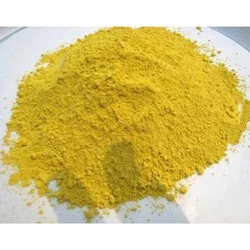 Vitamin A Acetate, 15Kg Bag, Grade Standard: USPView Details
Vitamin A Acetate, 15Kg Bag, Grade Standard: USPView Details
127-47-9 -
 Vitamin A AcetateView Details
Vitamin A AcetateView Details
127-47-9 -
 Vitamin A AcetateView Details
Vitamin A AcetateView Details
127-47-9 -
 Vitamin A Acetate, Grade Standard: IPView Details
Vitamin A Acetate, Grade Standard: IPView Details
127-47-9
